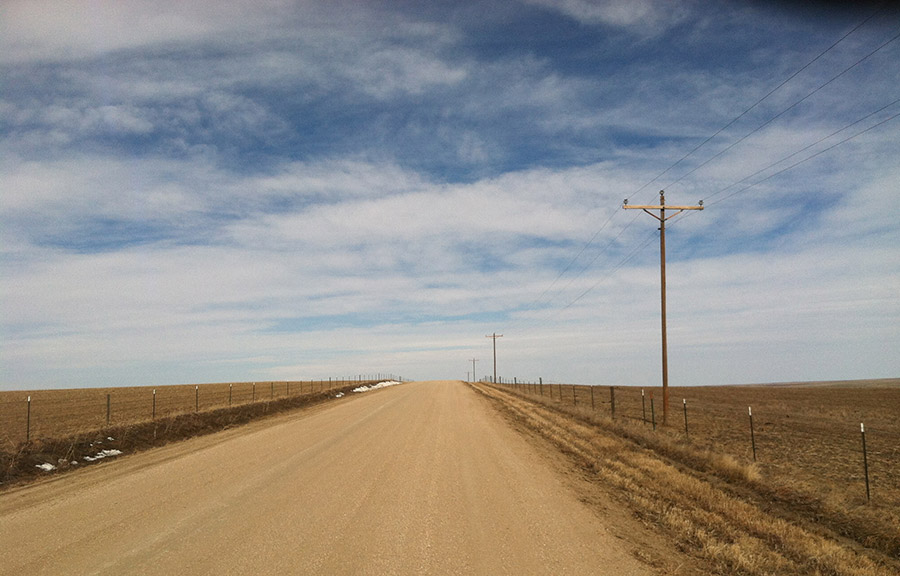
Steve The Intern
In pursuit of Antelope
- ,
- , Adventures
By Phillip Brown
On specific occasions, when the snow fills the mountains and the wind is coming in from the east, I ride out in pursuit of Antelope.
The North American Pronghorn is a fascinating creature with a symbolic place in many cultures. The Pronghorn is the second fastest land animal in the world, next to the Cheetah, but while a Cheetah can only sustain its top speed for a few hundred meters, Pronghorn are endurance animals and are know to maintain 60 mph for several minutes and 35 mph for several hours. Beyond their speed, Pronghorn have incredible eyesight (eight times that of a human). Finally, and most importantly, as a result of over hunting in the 19th century, it is estimated that the million Pronghorn that once populated the Colorado plains have been whittled down to less than 1000. While they are many things, I chase the Antelope as a symbol of a bygone western frontier – a fleeting American dream of endless expanse and unlimited possibility.
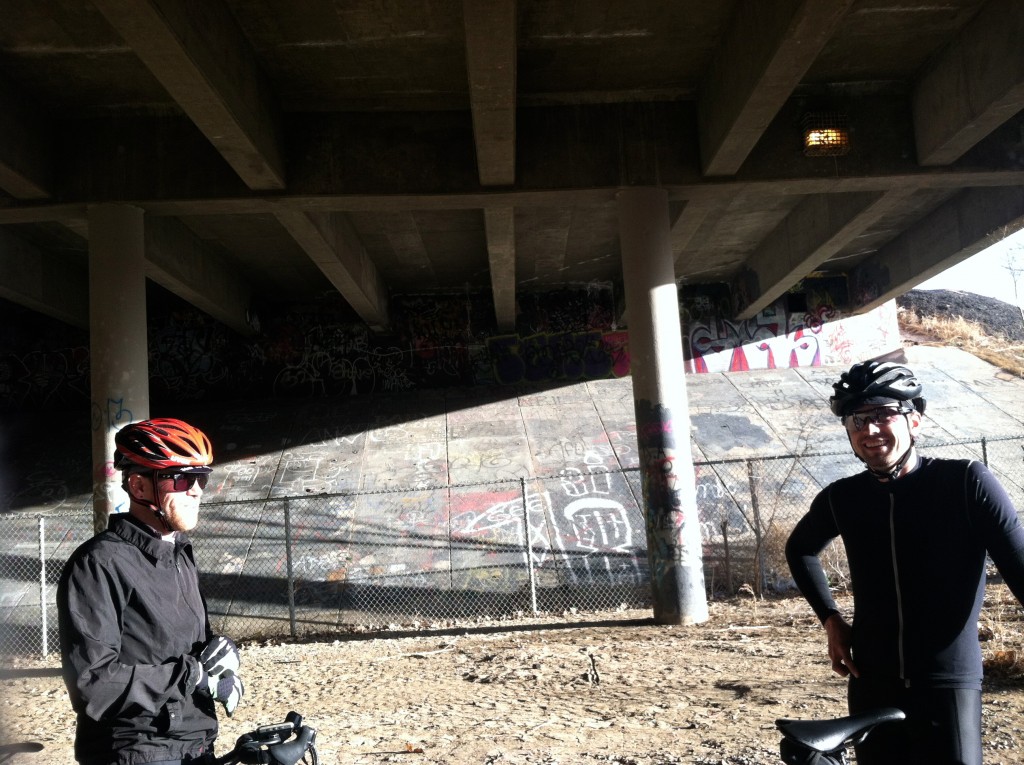
So I ride east.
The thing about Colorado’s plains is that they are chaotic. Most of the Great Plains, from the last hills of Ohio to the stark, jutting Rockies, have been claimed by the efficient industrial farming complex, producing our modern furtile crescent, or fertile rectangle. I first started riding on the road of rural Illinois, Dekalb Illinois infact: home of the the Dekalb Co-op and it’s flying ear of corn icon. The wilds of the land have been sacrificed to maximizing corn production. Every two miles there is a road. Every other road is dirt or gravel. With precious few exceptions, the structure of “man” has been laid over the land and dictates shape (straight) and direction (cardinal) of the roads. It’s virtues are order and predictability, its vice is a lack of possibility, surprise or hope. In a predictable world, one need not remain alert, responsive, or engaged in her surroundings: the physical world moves from variable to constant, allowing the modern cyclist to focus on the important things: heat rate, cadence, watts.
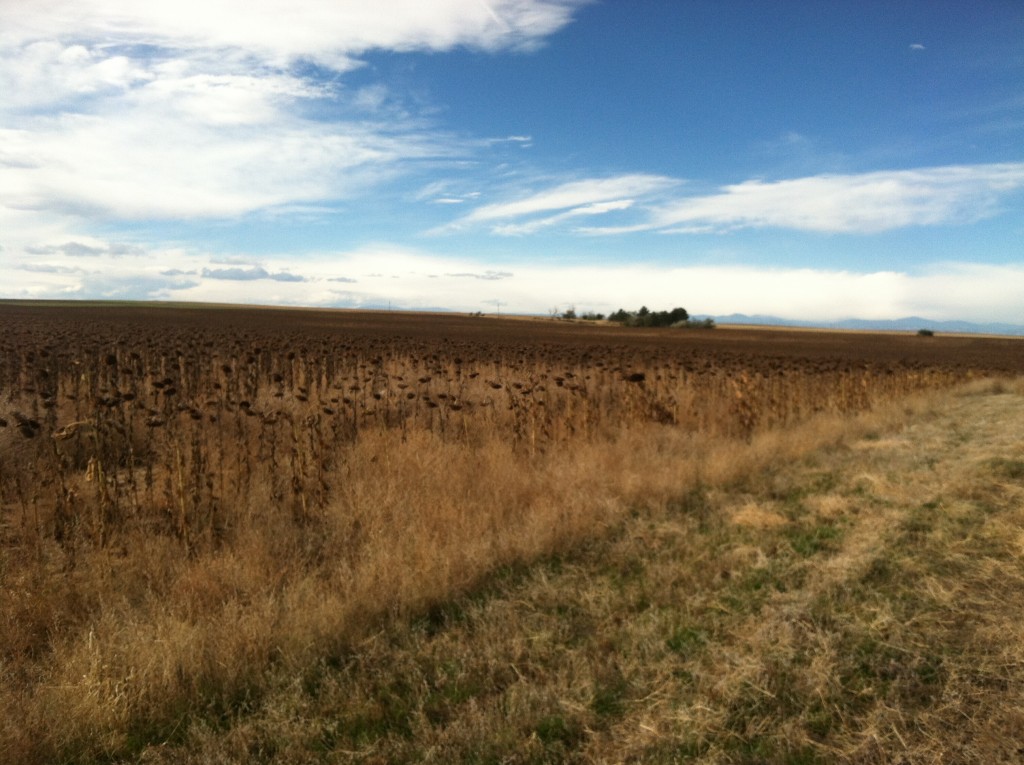
So I ride east.
In brilliantly stark opposition, the roads of eastern Colorado are perfectly problematic. Don’t get me wrong, the imperial reach of the Industrial Farming Complex (IFC henceforth) is evident. When flying into DIA from the East, the land seems to be cardinally gridded, with the visible N/S, E/W lines that are the skeleton of a once living land. However, on closer inspection, it is clear that the land has rebelled against the IFC hegemony and there is life left in those bones. Roads that are primary veins for miles dead-end into empty fields, a memorial to a long gone curmudgeonly old bastard who refused to sell the farm, no matter the price. This “interruption of efficiency” is the rule, not the exception. The roads tell of a post apocalyptic battleground where the Army of the Twelve Monkeys, Mad Max, and Zombies all had it out and where only the leathery skinned people who cared more for place than politics, hole people who get along just fine in cellars for years on end, survived. The roads do not need to make sense to outsiders, no more than they need to be maintained in obedience to pre-apocalyptic maps. They are for Local-Use-Only and the locals need no maps.
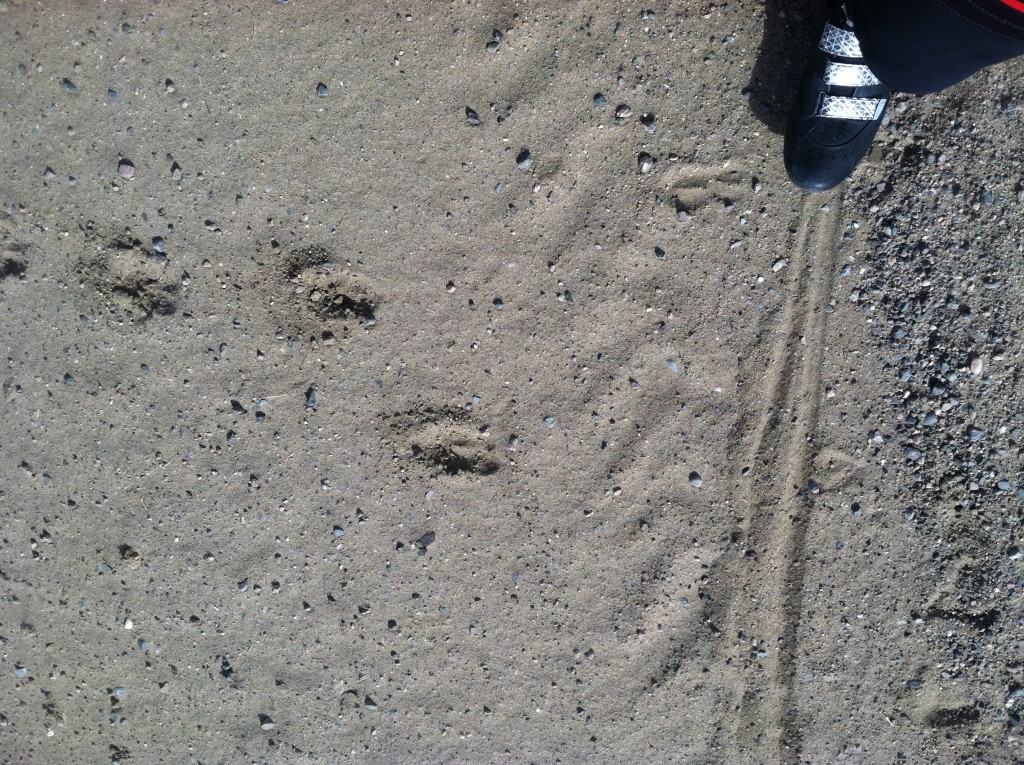
So I ride East.
I ride east where the new roads, the post apocalyptic roads, those beaten into existence by daily use are contoured to the land. They respond, not to the needs of the IFC, but to the rolling of the hills and flowing of the streams. I ride to roads where the sun and mountains are consulted at unexpected intersections, where a weary eye is peeled for the minotaur that is undoubtedly hiding in this bucolic labyrinth. Where the sense of possibility and expectation is so much higher than the barren landscape demands, that one must come up with an explanation for the discrepancy between emotion and physical reality. Where the over abundance of hatred, lust, desperation, and love all fueled the creation of gods in ages past, so this sense of possibility now fuels my pursuit of the Pronghorn. Only an animal that is too fast to catch, too perceptive to ambush and too rare to predict could justify such seemingly aimless wanderings. A species that was nearly chased into extinction by the voracious industrial revolution, by the E/W gridding of the Union Pacific, can still now be found holding out in the nooks and cranneys that the IFC has overlooked, has left behind in its blind engulfing flames of expansion. So I ride east, in search of hope, of possibility, of surprise.
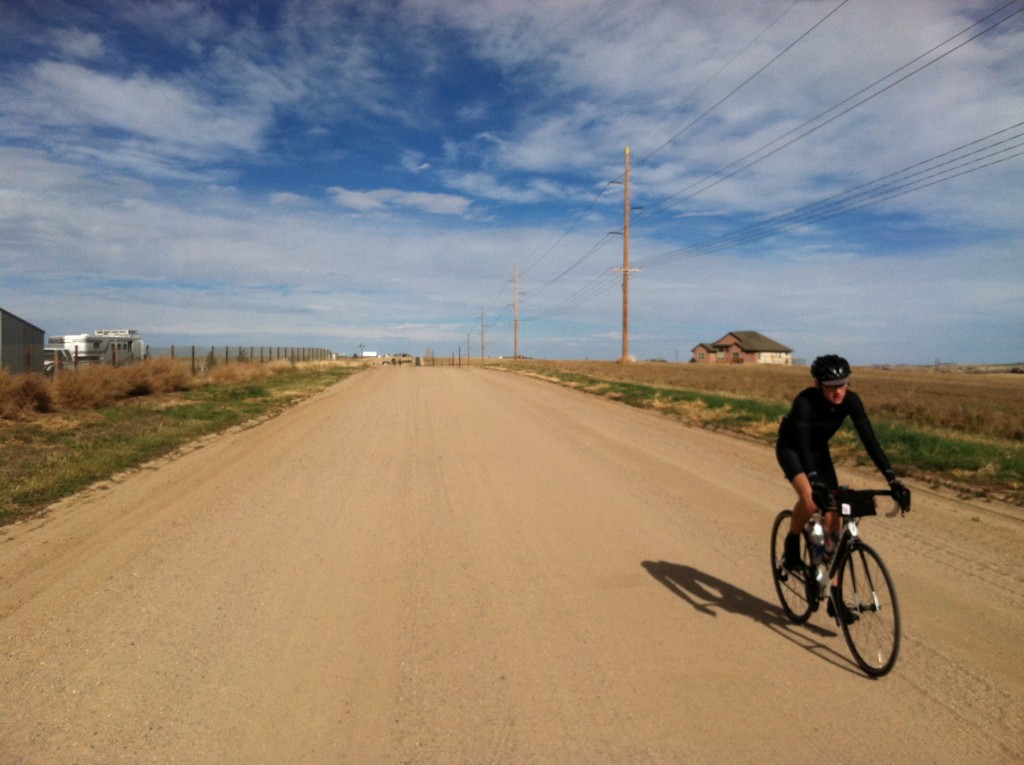

No comment yet, add your voice below!